Moon Camp Pioneers Gallery 2021-2022
In Moon Camp Pioneers each team’s mission is to 3D design a complete Moon Camp using Fusion 360. They also have to explain how they will use local resources, protect astronauts from the dangerous of space and describe the living and working facilities.
Team: Exodus From the Earth
郑州轻工业大学 郑州 China 19 5 / 2
External viewer for 3d project
|
Project description
Our lunar base is designed to be a scientific research institute and a base for initial lunar exploration.To keep astronauts safe from radiation and meteorites, we put our base under the lunar surface.We’ll also put rocket platforms on the ground to make landing easier for astronauts.Our base consists of five modules: Research Area (headquarters and laboratories), Living Area (sleep and dining room), Mining Area (energy extraction and transportation), Solar Power Station (providing direct energy), Spacecraft Space Station (launchingRocket).Important resources needed by humans are water (mined from Antarctic ice), oxygen (through electrolysis of water and photosynthesis by plants), food (produced in greenhouses), electricity (from solar panels).During the camp construction phase, we plan to use 3D printing technology to convert lunar soil into building materials.Our base can accommodate 6 astronauts.It will be the most outpost for human exploration of the wider universe. |
|||
|
2.1 Where do you want to build your Moon Camp?
Rocket assembly, launch and landing sites in mid-low latitudes.Placing scientific research areas and residential areas in polar regions can not only ensure living supplies, but also solve transportation problems.Built in the Shackleton area, (0.0° east longitude, 89.9° south latitude) there is a high probability of being rich in water.The moon has a peak of 5,000 meters above sea level called Mount Marapet.The back of this mountain is not affected by the earth all year round, and the detection device can be placed here.Mining areas can be placed at Perry Volcano, which is rich in iron and aluminum ore, mined and used as a base for the entire moon.Site selection of solar power station 88.71°S 68.7°W and 88.79°S 124.5°E These two locations are the most concentrated parts of sunlight, accounting for more than 85% of the annual sunlight. 2.2 How do you plan to build your Moon Camp? Describe the techniques, materials and your design choices.
Following the same assembly lines that were used to build the International Space Station, the initial basic modules of our lunar base will be built on Earth.The built modules are then transported to the moon along with assembly robots that assemble the basic appearance of the base.The lunar base is modular to make it easier to build new parts.The lunar base was pre-fabricated with materials like titanium, because of its hardness, especially the outer shell, and later we expanded it with a building made of lunar concrete, which is a mixture of sulfur and aggregated resources that can be obtained from the moon.As mentioned earlier, as another method, we will also use 3D printing technology to build our camp.We will use a giant 3D printer to convert lunar soil into printable materials.In this way, we were able to use resources from the moon to build our camp. 2.3 The environment on the Moon is very dangerous for the astronauts. Explain how your Moon Camp will protect them. (maximum 150 words)
As we all know, the unknown is always full of danger.Living on the moon is inherently dangerous.So we prepared a lot.Our moon camp is divided into five main areas.Solar power stations provide us with timely energy, spacecraft and research areas are dedicated to lunar exploration, and the use of robots in mining areas greatly reduces the risk of mining.At the same time, a gym is also built in the living area to ensure the health of the astronauts. In addition, we have also established a planting area to meet our daily food needs and supplement nutrition. |
|||
|
2.4 Explain how your Moon Camp will provide the astronauts with:
|
Water
|
Food
|
Power
|
Air
|
|
1. The water source mainly comes from the collection of Antarctic water ice, which is heated and melted by a solar heater, and then filtered and sterilized by a filter system.2. Self-produced water in space: The manned spacecraft uses hydrogen-oxygen fuel cells to convert water into electricity, which is filtered, sterilized and drinkable.Recycle and purify the condensed water, and use the reverse osmosis membrane technology to recycle the used water.4. Collect the carbon dioxide you exhale and then use the carbon dioxide for experiments to generate water and methane.5. Using the biological method of wet culture of duckweed, the inorganic salts, urea, uric acid and other substances contained in human urine are the better nutrients that duckweed needs.The harmful substances in the liquid are decomposed.This is converted into standard drinking water. |
Load food in the manned spacecraft, establish a greenhouse environment in the camp to cultivate vegetables and fruits, and use the raw materials on the spacecraft to process it yourself.1. The quality of planted duckweed protein is also relatively good.The amount of 8 kinds of essential amino acids contained in it is relatively high except for methionine and tryptophan, so duckweed can be eaten as food.2. Initially, some food will be carried by manned spacecraft to meet the needs of astronauts for a certain period of time.3. Build a greenhouse environment for planting and cultivating plants in the base, and use soilless culture and other technologies for cultivation. |
In order to prevent the problem of long moon nights, we will build our moon base in an area of the South Pole, where there are places with permanent sunlight, we will use solar panels to generate electricity, and the hydrogen and oxygen fuels we produce from water through electrolysis. Once the solar panels are shaded, the hydrogen cells will generate electricity, and we will also consider using thermal energy to generate electricity. We store excess electricity in fuel cells for emergencies. |
In the initial stages, we will use compressed air brought from Earth.We will then use plants to generate air and also produce food.We will get oxygen by electrolyzing the water found on the moon, and we will also get hydrogen energy.Additionally, we can deal with oxygen-rich regolith.One experimentally proven method is molten-salt electrolysis, which involves mixing lunar soil with calcium chloride at high temperatures, and then by running an electric current through the mixture, oxygen collects around the anode and is collected. |
|
2.5 Explain what would be the main purpose of your Moon Camp.
The lunar camp we have established is mainly to conduct human exploration of the moon and conduct a series of corresponding scientific research experiments on the moon, such as a series of scientific research and experimental activities such as the existence of magma activities on the moon 2 billion years ago and the use of lunar ice to provide rocket fuel..At the same time, we will also provide astronauts with corresponding living, office entertainment and fitness places, so that people can get used to the life on the moon, and make practice to meet the illusion of people moving to the moon in the future.Continue to develop and research those unknown minerals and other things that can be used by people to alleviate the dilemma of energy pressure and resource shortage on the earth. |
|||
|
3.1 Describe a day on the Moon for your Moon Camp astronaut crew.
On Earth, humans have become accustomed to a 24-hour cycle.But on the moon, things are a little different, the sun is always rising, so camp residents need to adapt to these conditions.We thought it was crucial to have someone awake at all times in the camp, so we divided the six astronauts into two equal groups with different sleep cycles.This is thanks to the sleep pods that last forever and simulates the night, which won’t affect their work.The sleep time of the first group of astronauts is: 24:00-8:00, and the sleep time of the second group of astronauts is 8:00-16:00.Taking the time of the first group of astronauts as an example, 8:00-8:30 When they get up and are ready to start a new day, they will do personal hygiene first, such as: brushing their teeth, taking a shower, etc.Then they will do some simple stretches to work the muscles.8:30-9:00 Enjoy breakfast.9:00-10:00 They will go to the fitness module for an hour of exercise, which is very important because the lunar environment can damage astronauts’ bone and muscle health.10:00—12:00 The first round of tasks: Go to the scientific research room to check the measurement and control station of the base, and check the second group of astronauts’ bedtime messages and work summary.Then everyone does their own work, such as conducting research in the research area, monitoring celestial bodies in motion, looking after plants in the greenhouse, and so on.12:00-13:00 Enjoy lunch and some entertainment.13:00-14:00 Take a one-hour lunch break. A simple lunch break can make the later energy more energetic.14:00—18:00 The second round of tasks will be carried out.18:00—20:00 At this time, the second group of astronauts had just finished their training, and all six of them started off-camp projects.The trio collected mined water ice from the nearest deposit.After enough water ice has been collected, the astronauts will deposit the ice in a sun-heated container, melt all the ice and send it back to the base.The other three astronauts collected lunar soil samples, etc.20:00—23:00 Six people eat, drink, chat, read books, play some games, chat with family and friends, etc.23:00—24:00 The first group of astronauts records scientific research information and summarizes the work of the day, and then washes and sleeps. |
|||


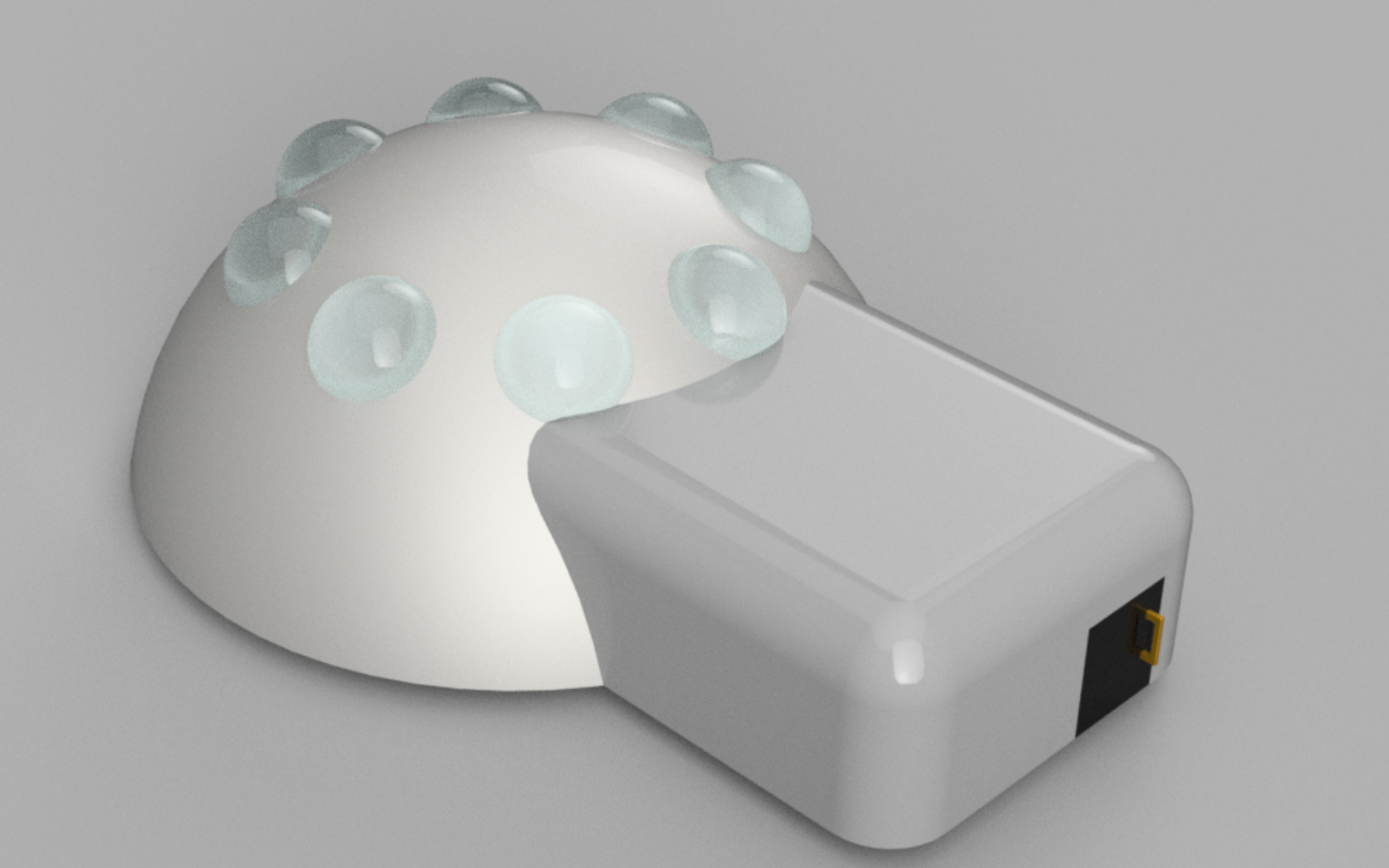

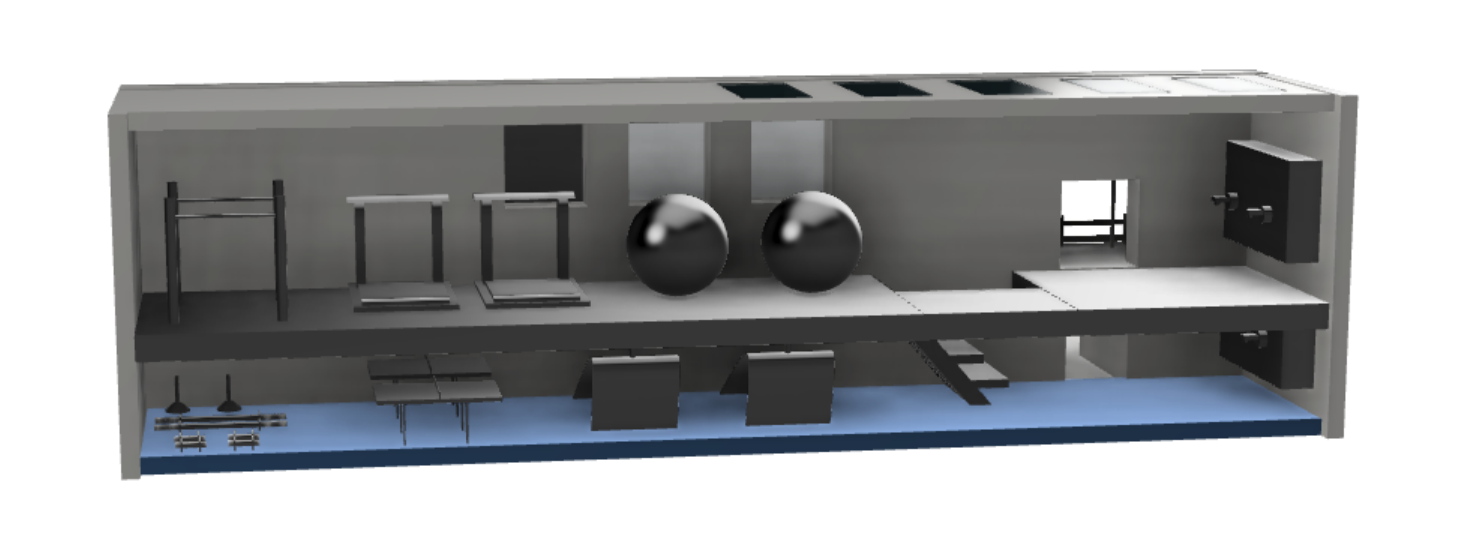
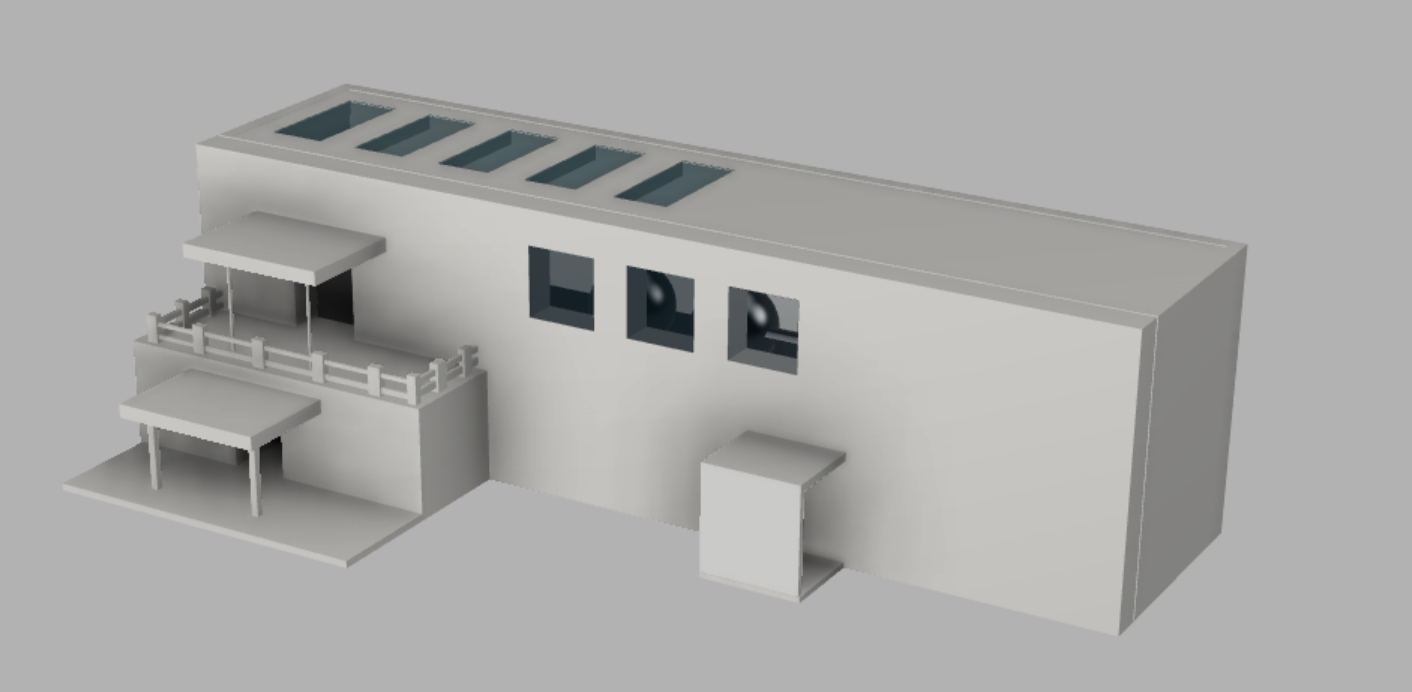

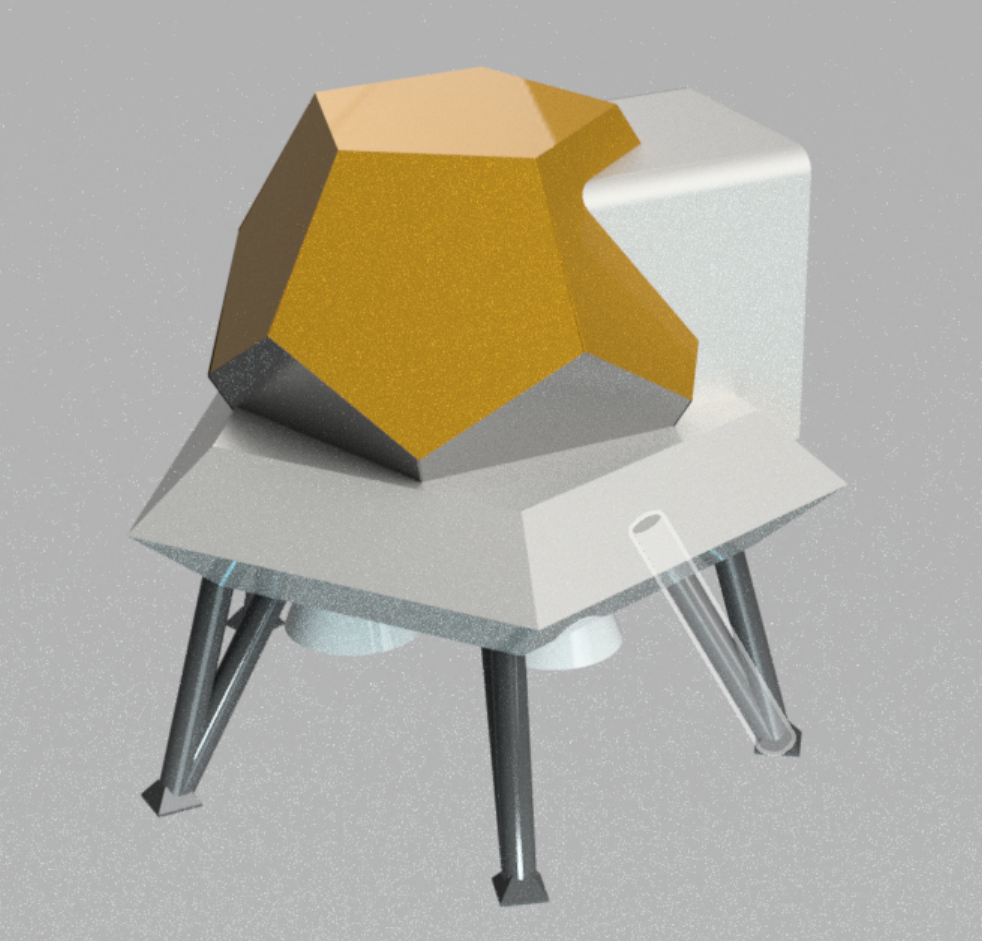
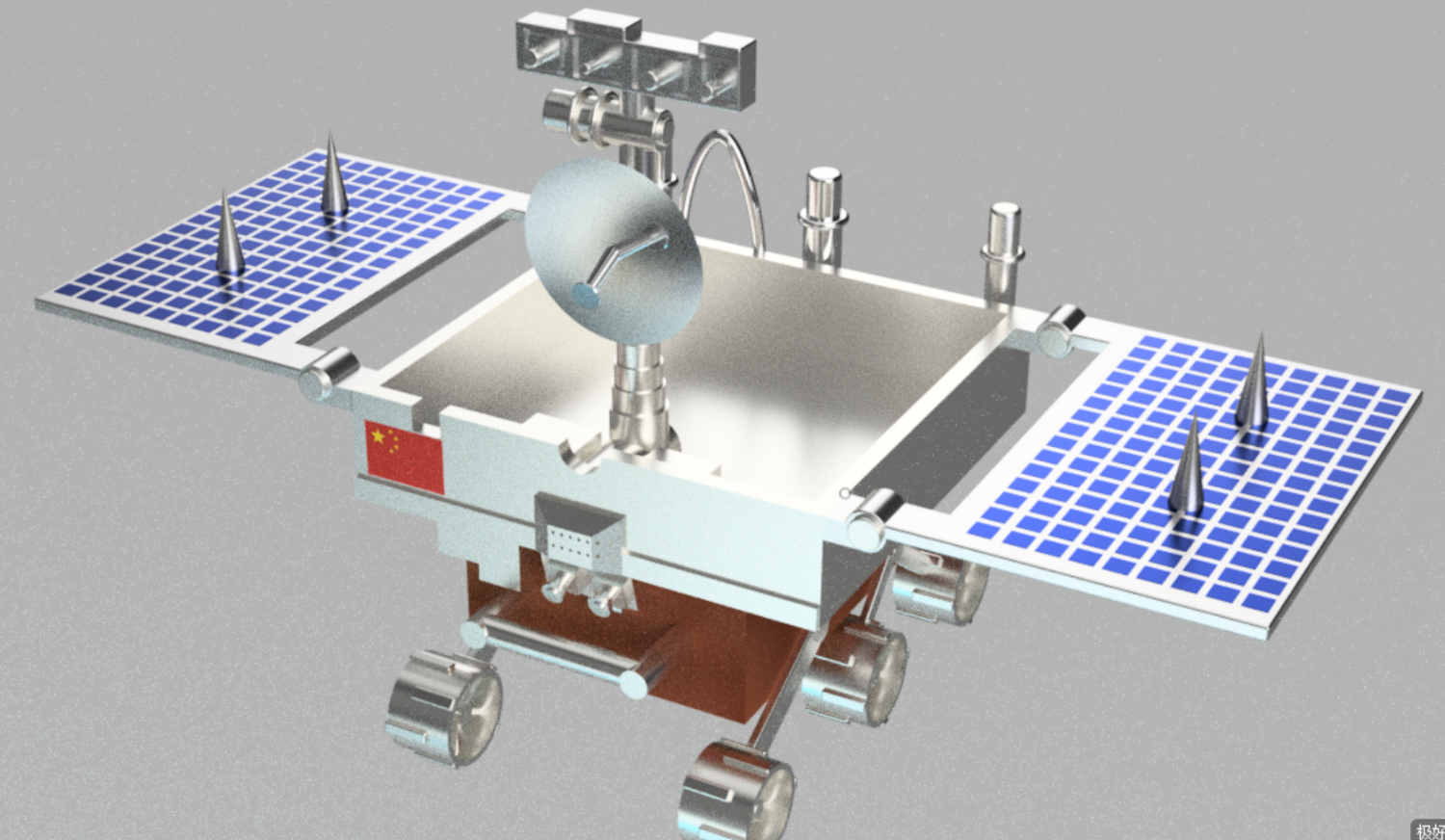

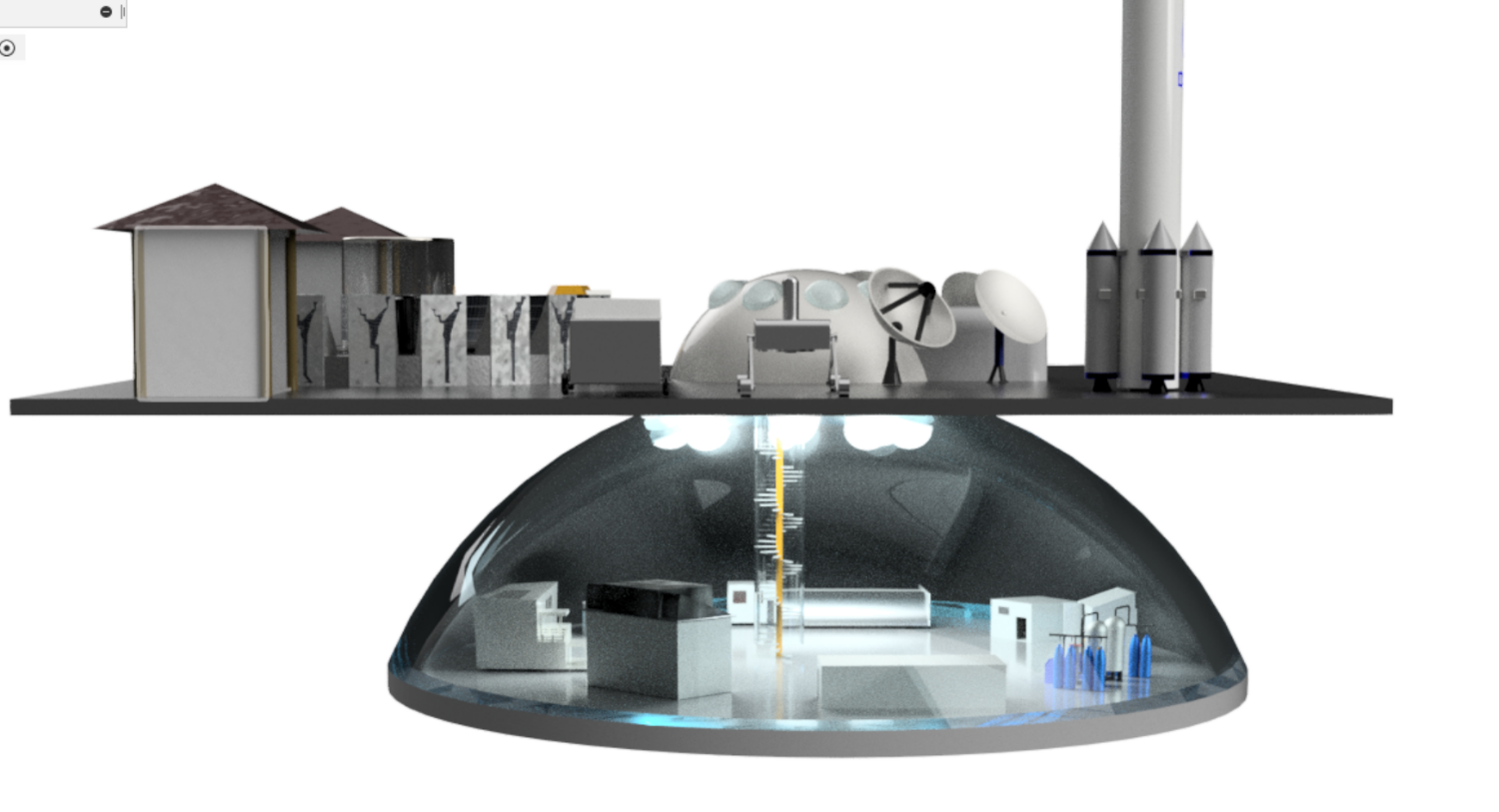
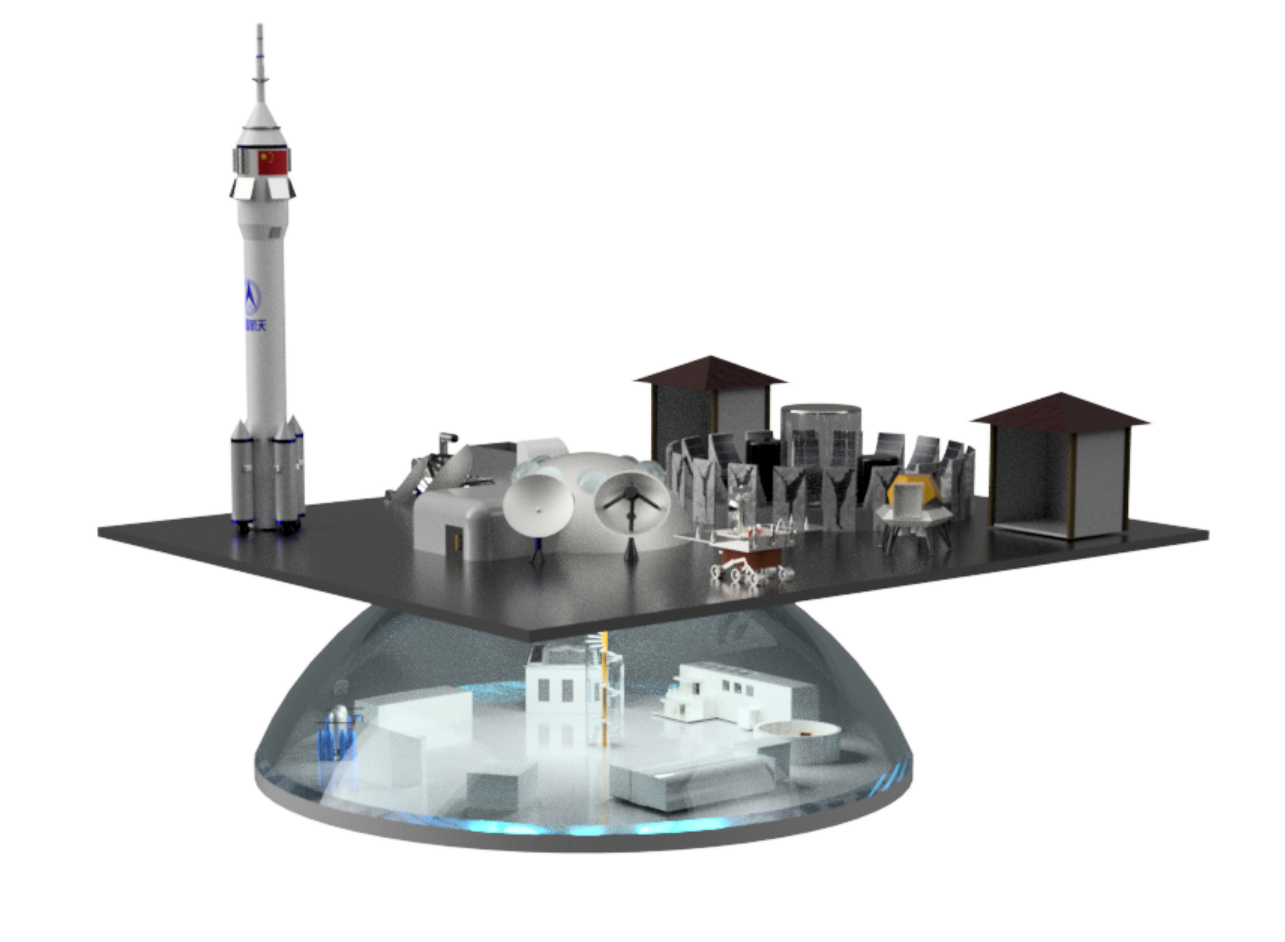
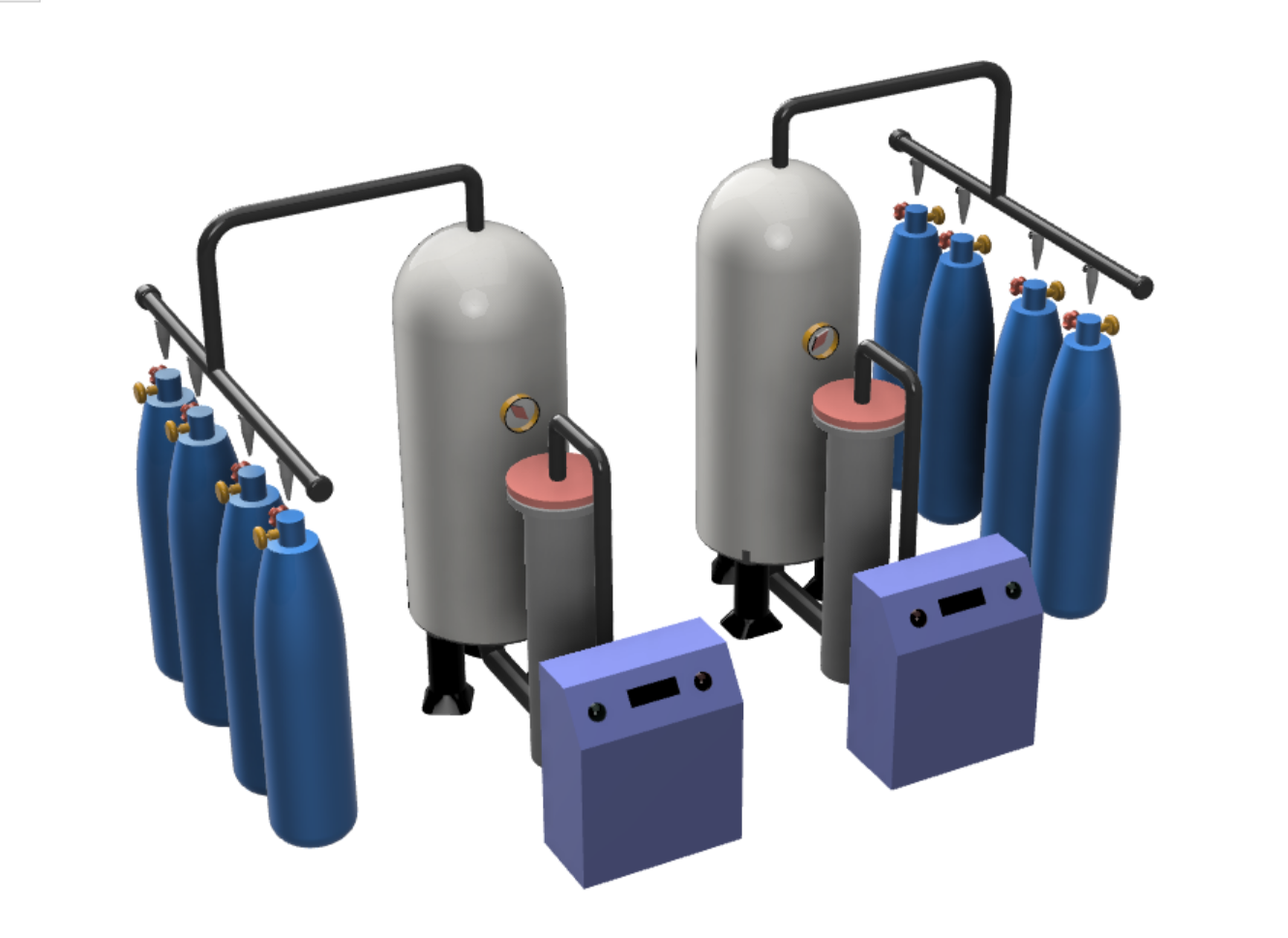



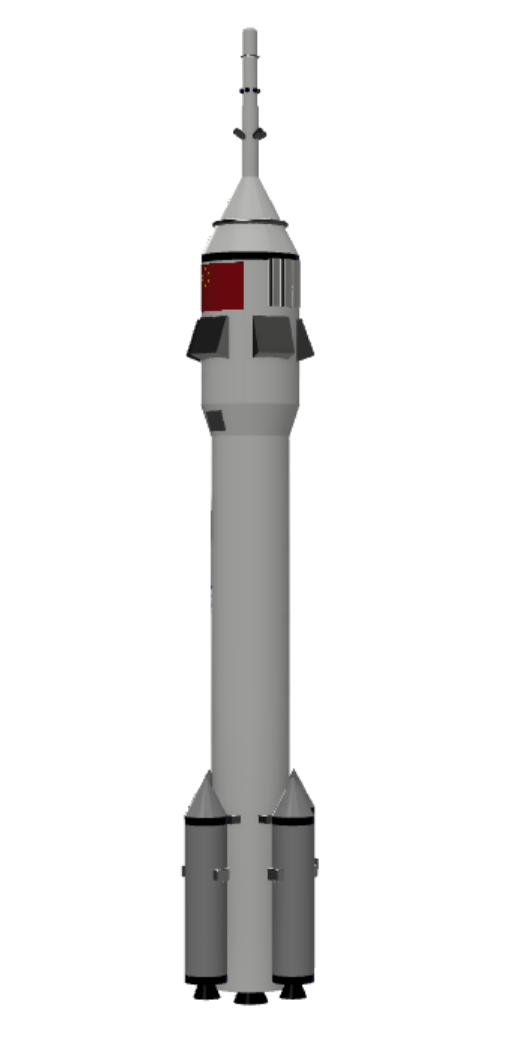
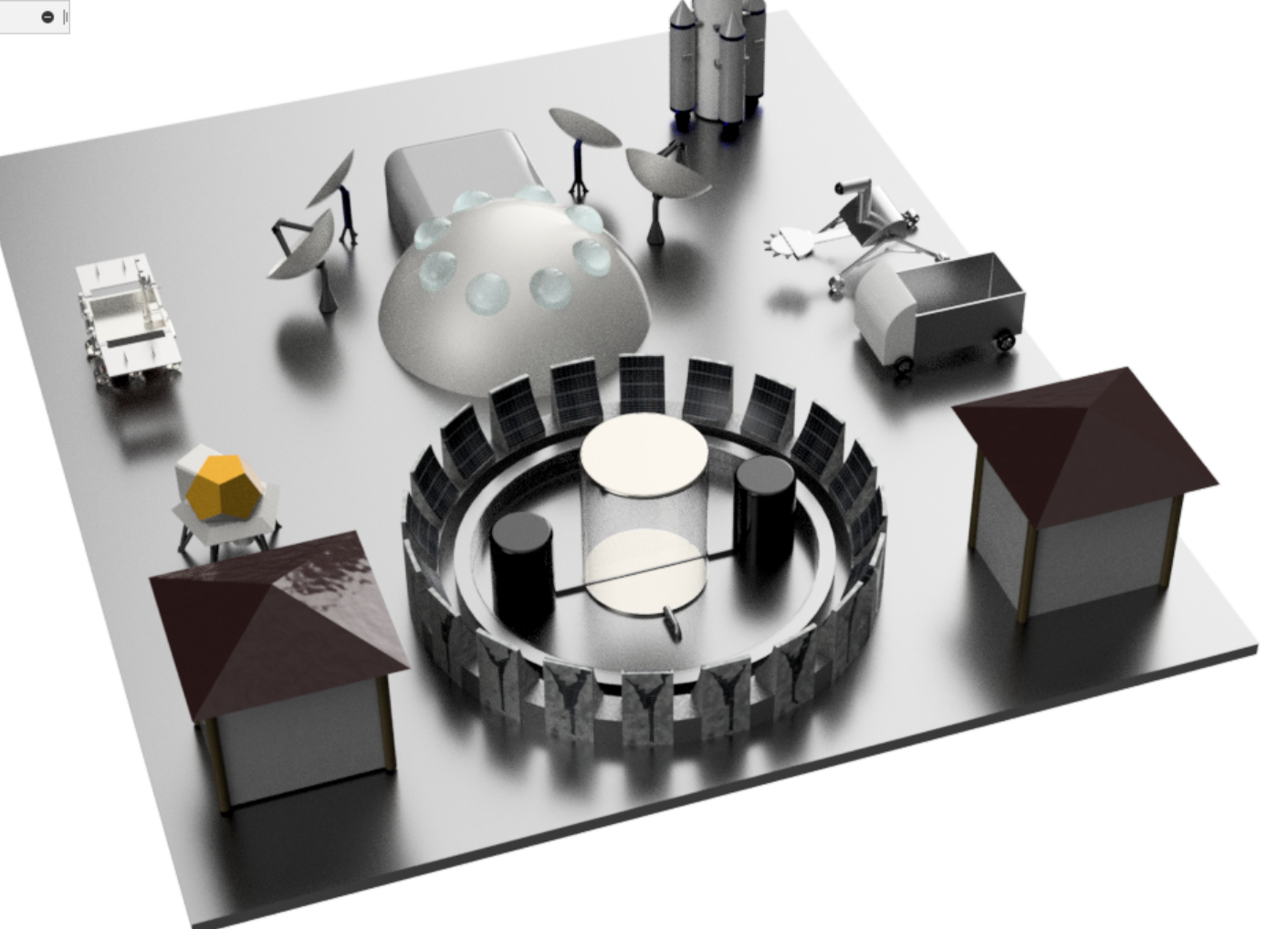
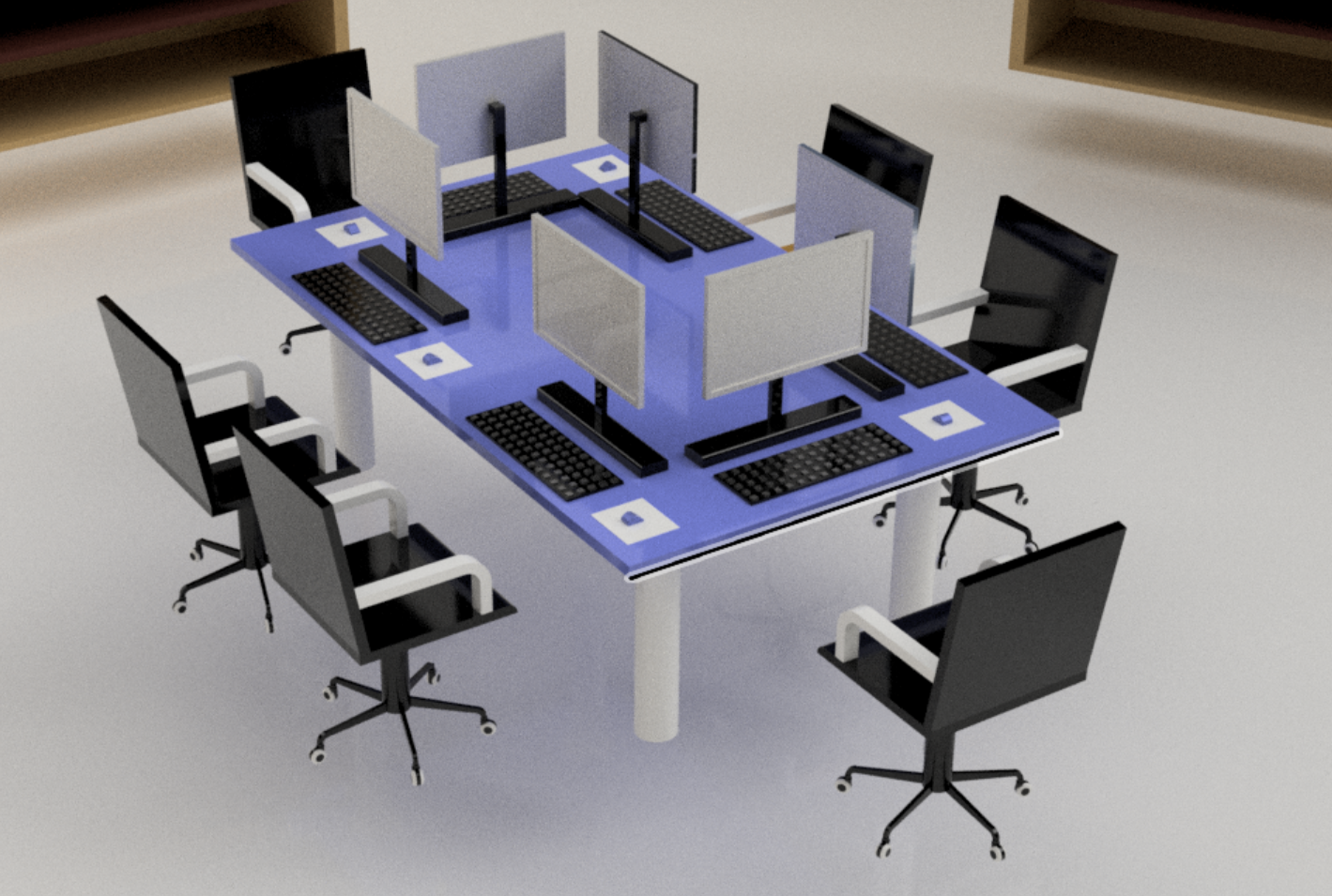
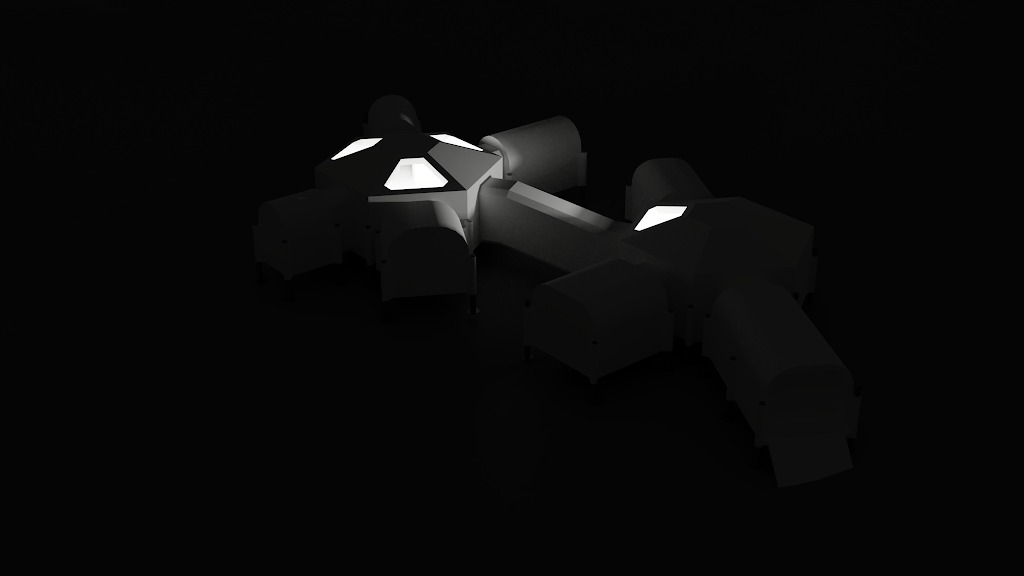

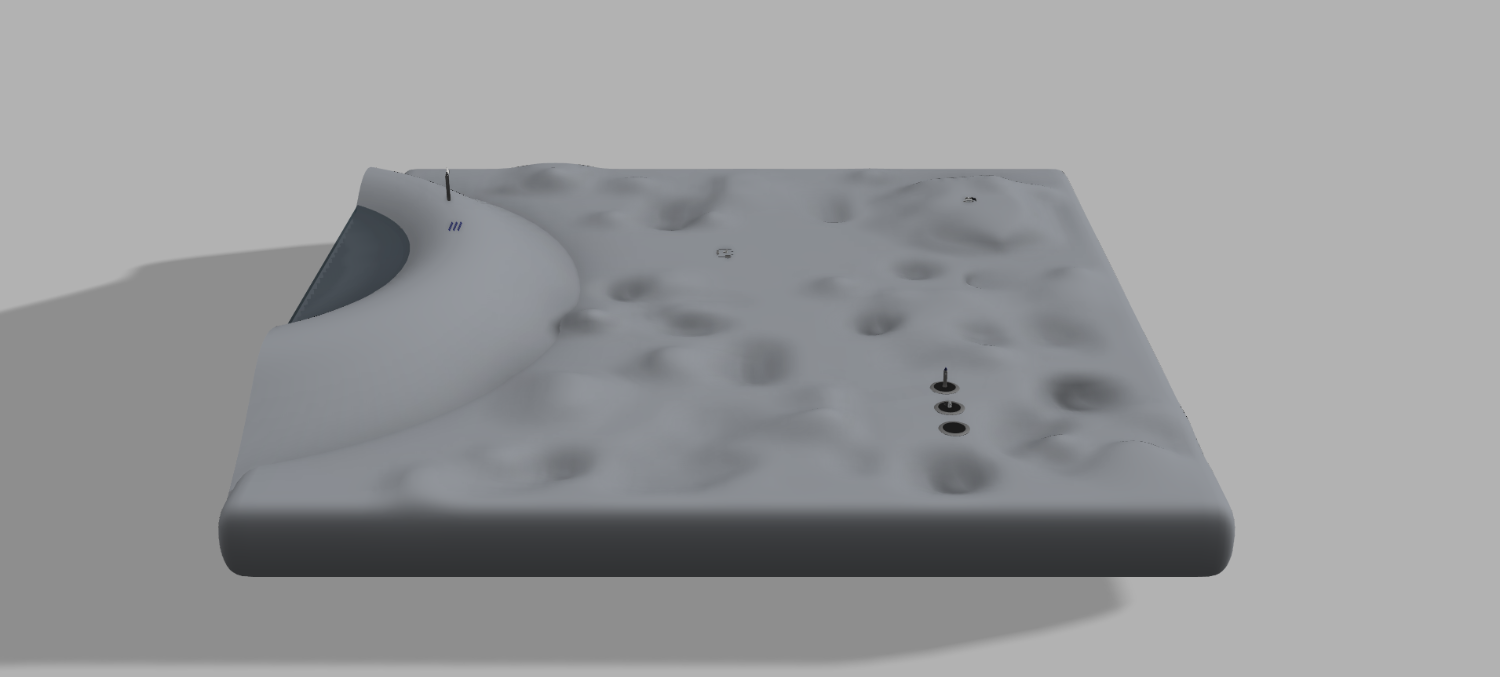
改.png)
